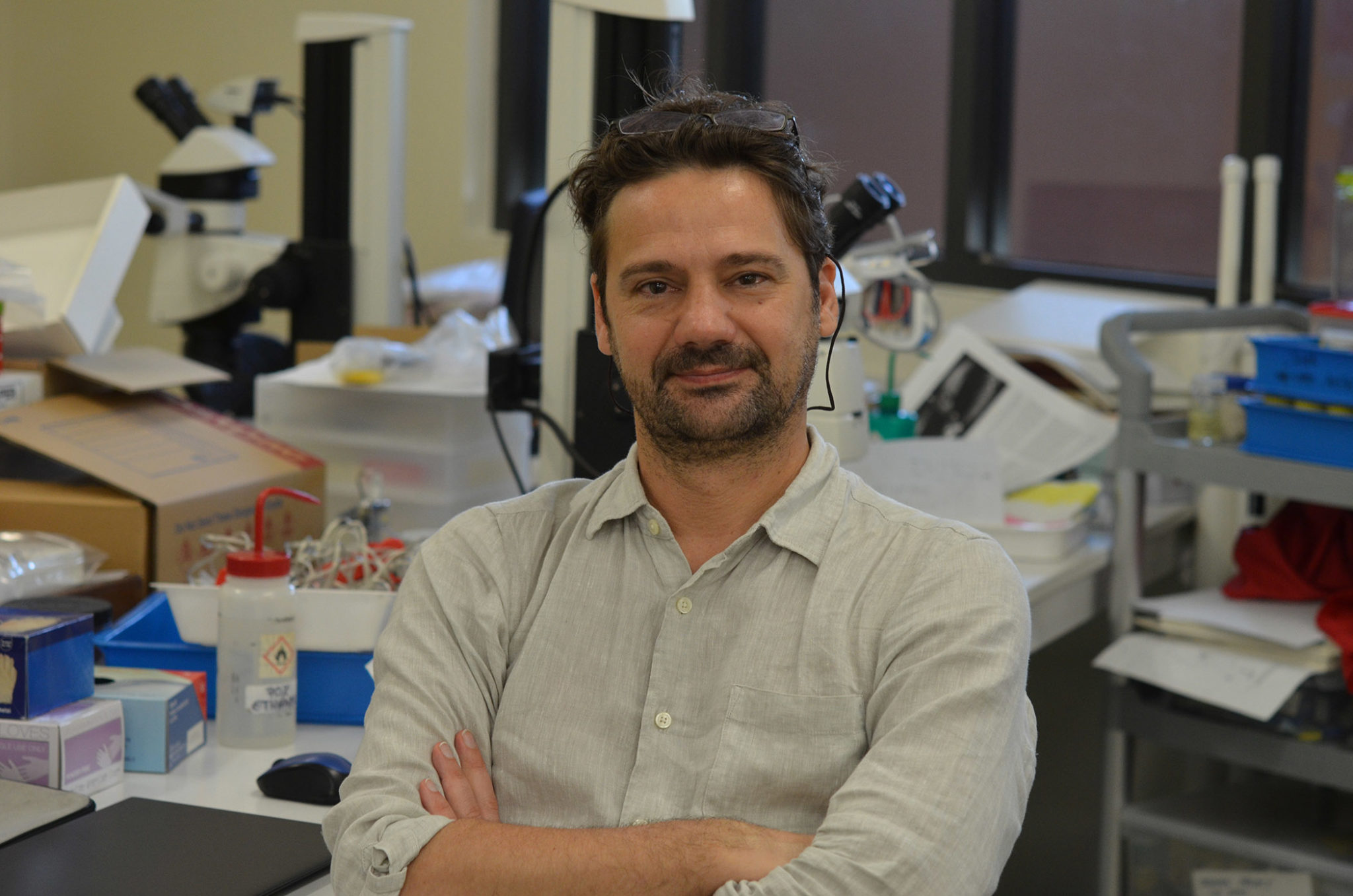News //
Just before the Lunar New Year break, we hosted Dr. Stefano Cannicci from the University of Hong Kong, along with his PhD students, Rebekah Butler, Laura Agusto and Pedro Juliao Jimenez, who were here to examine crab specimens in the Zoological Reference Collection (ZRC).


Having brought over crab specimens they collected from Hong Kong, they came to familiarise themselves with the process of identifying crabs, by comparing their specimens to those in the ZRC.
Their 6-day visit brought along a few surprises, such as finding two new species of crabs among their specimens, a discovery that also excited the head of the museum, Prof. Peter Ng.
Small but Mighty
Dr. Cannicci and his students’ research interests are in marine biology and mangrove ecology, along with a focus on crabs. But why research on crabs in particular?
According to Laura, she became interested in studying crabs after learning how they play an important role in the ecosystem. Despite their small size, these creatures have a mighty effect on ecosystems such as mangroves, so much so that they have been dubbed ‘ecosystem engineers’ by scientists.
In order to seek protection from environmental extremes and predators, crabs dig burrows in the soil – long, winding tunnels in which they can seek refuge. These burrows also help to open up the oxygen-poor soil and allow oxygen to be better absorbed by the mangroves.
Two main groups of crabs that do so are the vinegar crabs (Sesarmidae) and the fiddler crabs (Ocypodidae). They also aid in nutrient cycling within the mangroves by consuming and also burying leaf litter, preventing nutrient loss and encouraging decomposition.
Mangrove Management
Just like the tiny critters that dig burrows in its soil, mangroves also play an important role in the ecosystem.
Dr. Cannicci and his students took the opportunity to visit Singapore’s own mangroves, and, with the help of local mangrove champion and LKCNHM research affiliate, Mr. N. Sivasothi, they were able to see Sungei Buloh Nature Reserve, as well as mangroves in Lim Chu Kang and Mandai.
Duly impressed that such sites still remain in Singapore, they, however, lamented the presence of trash brought over from the nearby sea, an all-too-common global phenomenon. They learned from Mr. Sivasothi (who is also the national coordinator for the International Coastal Cleanup in Singapore) that the trash was retrieved through clean ups.
Dr. Cannicci also cited the importance of outreach efforts to educate the public on the importance of mangroves, so that more can be done to preserve them and keep them in good condition.
A Good Example
On a similar note, he mentioned that our museum has done a good job in educating the public on natural history, with the exhibits presented in a way that are both interesting and easy on the eye. He also expressed his wish that there can be a similar natural history museum set up in Hong Kong.
We thank Dr. Cannicci for his kind comments, and look forward to see him and his students again!